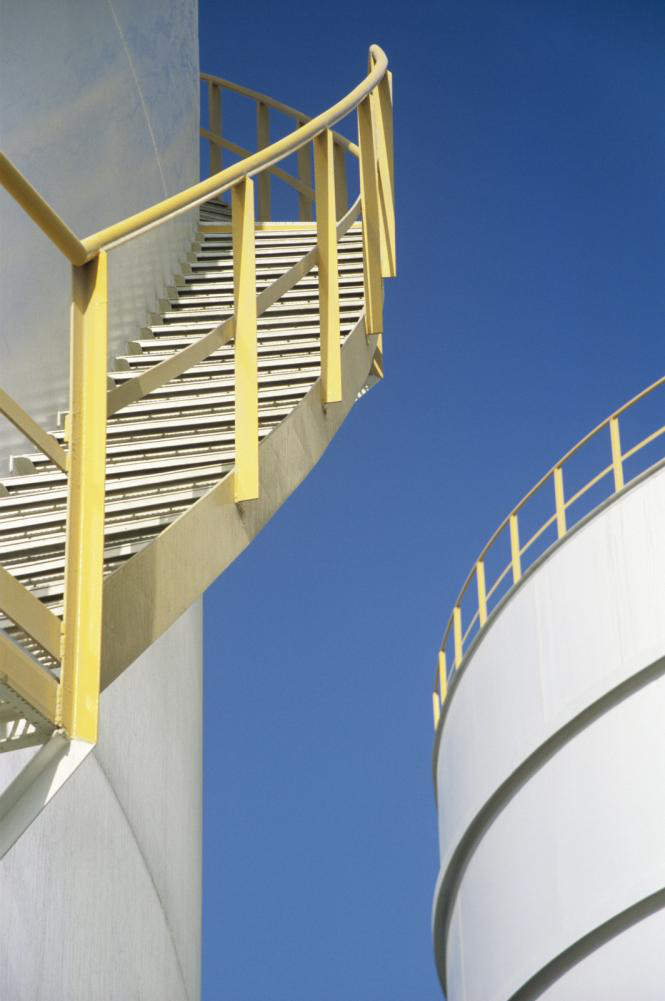What You Need to Know About Storing Caustic Soda in Fiberglass Tanks
The industrial storage of chemical substances shouldn’t be taken lightly. There are numerous factors one needs to take into consideration when dealing with potentially harmful chemicals. Sodium hydroxide or “caustic soda” is a harmful chemical substance that’s widely produced industrially.
According to the CDC’s Agency for Toxic Substances & Disease Registry, while caustic soda doesn’t produce systemic toxicity, it is in fact highly corrosive. This means that coming into contact with it can cause severe burns in all tissues.
With chemical substances, it’s crucial to ascertain the chemical and physical conditions for storage. For example, the ideal temperature of the substance, its chemical concentration, susceptibility to chemical reaction, and toxicity, etc.
One of the safest and most efficient ways to store liquid caustic soda is to use fiberglass tanks. Here’s everything you need to know about that.
Corrosion Resistance
Fiberglass has a high level of corrosion resistance. Fiberglass reinforced plastic (FRP) tanks are, in many cases, the only apt choice in a specific service environment. FRP tanks that are specifically designed to store caustic soda have customizable corrosion barriers or liners.
The corrosion laminate is made of resin. Its effectiveness is dependent on both the resin content and the kind of resin used. The corrosion barrier is then followed by a glass-based structural wall. Both of these components are essential in ensuring the safe and effective storage of corrosive substances.

Superior Strength
While not directly related to storing corrosive substances, FRP tanks are very strong and sturdy. They are specifically engineered to withstand the high pressures of large volumes of fluids. Generally, the heavier the fluid in the tank, the more reinforced the fiberglass shell will be. Moreover, depending on industrial needs, manufacturers can add woven glass material to the bottom because of extra pressure.
Lightweight Properties
FRP tanks are as light as they are strong. Their strength-to-weight ratio is far higher than stainless steel and concrete options. In general, FRP tends to weigh approximately one-seventh the weight of steel and only half the weight of aluminum.
Manufacturing tanks is one thing, installing them another. FRP’s lightweight properties considerably lower the cost and ease of installation. Moreover, its low weight makes mounting equipment on rooftops or mezzanines relatively easy.
Lightweight properties are important in the context of corrosive substance storage because if the need for moving or transporting arises, it will be safer to do so with lighter tanks.
If you require field welding services or fiberglass surface coating, get in touch with us today. Our company’s fiberglass expertise goes back to 1976. We now specialize in Industrial Fiberglass Reinforced Plastic (FRP). Request a quote or call (386) 758-0057.



